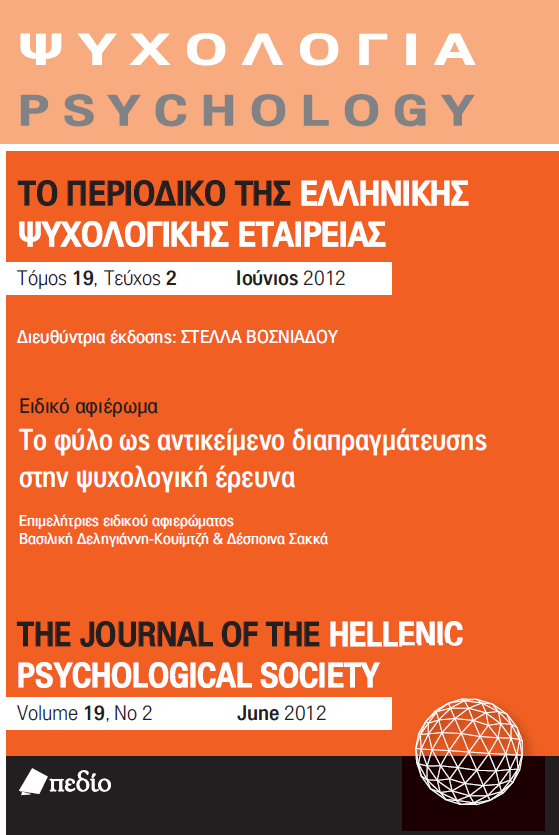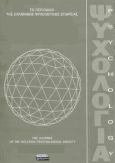Positions of women with problems of drug abuse

Abstract
This article explores the position of women with problems of drug abuse in Western and Greek research literature on addiction. We review a number of studies from the western and Greek addiction research literature in order to examine the claims of critical-feminist and postmodern researchers that addiction research refers mainly to males, whereas addiction is described as a male problem. Our review supports the above claim and illustrates how the experience of women with drug misuse is ignored or even distorted in Greece and in other western countries. We also discuss briefly the current state of the addiction literature towards women’s drug misuse. We conclude that even though a remarkable progress has been made in the field, Ettorre’s oldest view (1992) that research in the field of addiction undermines the significance of substance use by women as a social group, if not actively hiding it, remains relevant.
Article Details
- How to Cite
-
Παπαθανασίου Μ., Ποταμιανός Γ., & Χαρίτου - Φατούρου Μ. (2020). Positions of women with problems of drug abuse. Psychology: The Journal of the Hellenic Psychological Society, 19(2), 160–174. https://doi.org/10.12681/psy_hps.23614
- Issue
- Vol. 19 No. 2 (2012)
- Section
- SPECIAL SECTION

This work is licensed under a Creative Commons Attribution-ShareAlike 4.0 International License.
The journal PSYCHOLOGY adopts a Platinum open-access policy. Submission, processing or publication costs are waived by the Hellenic Psychological Society. Papers published in the journal PSYCHOLOGY are licensed under a 'Creative Commons Attribution-ShareAlike 4.0 International' licence. The authors reserve the copyright of their work and grant the journal the right of its first publication. Third-party licensees are allowed to use the published paper immediately after publication as they wish, provided they retain the defined by the license copyright formalities, regarding the reference to its author(s) and its initial publication in the journal PSYCHOLOGY. Moreover, any adjusted work should be shared under the same reuse rights, so with the same CC license.





